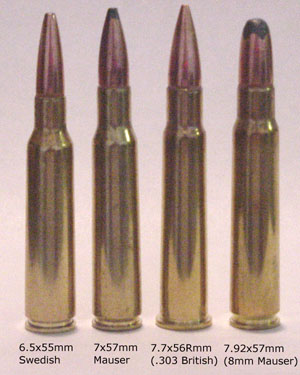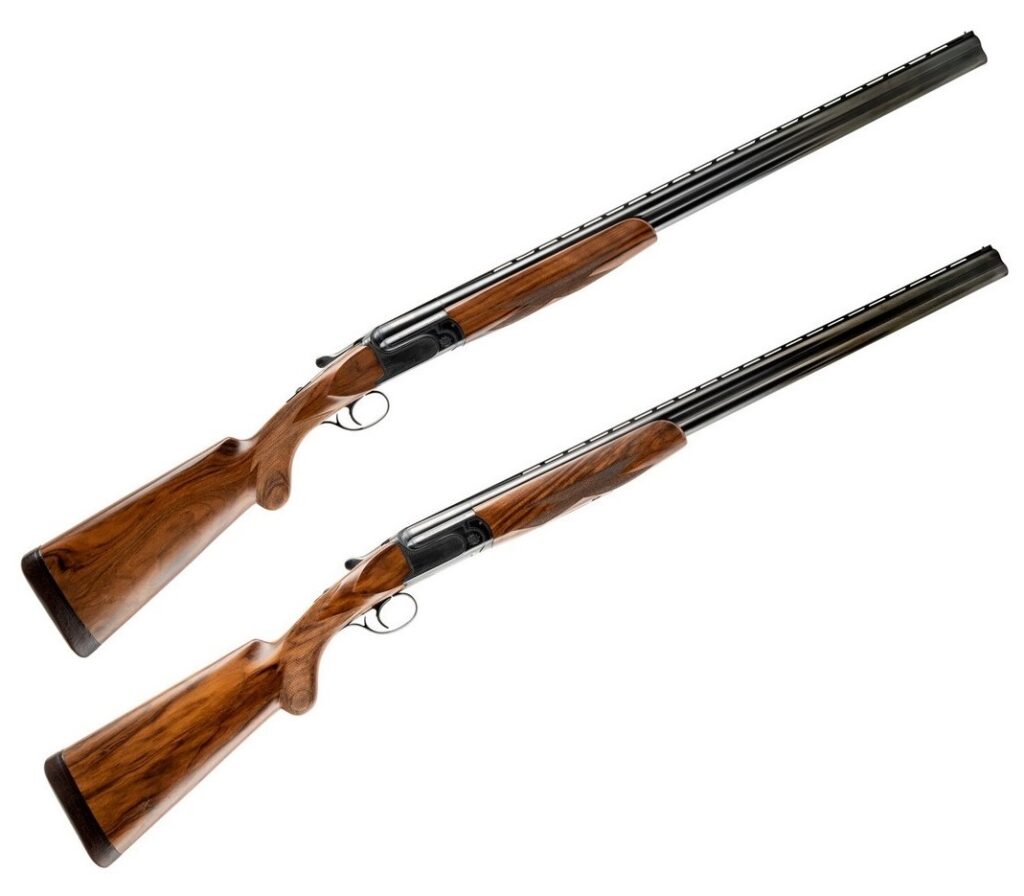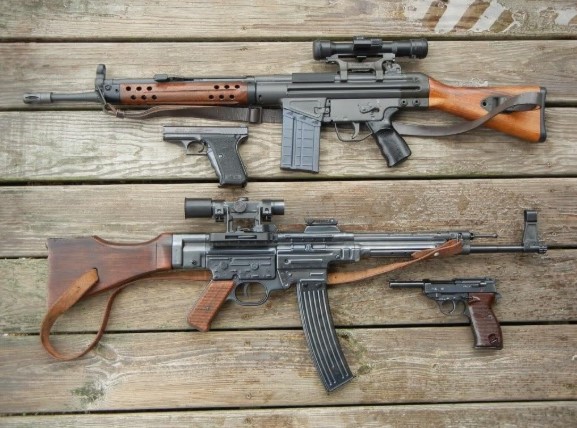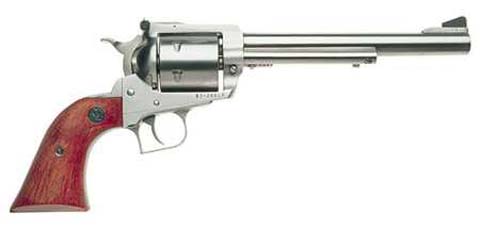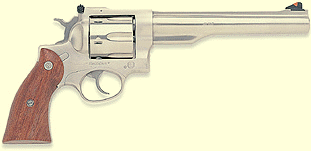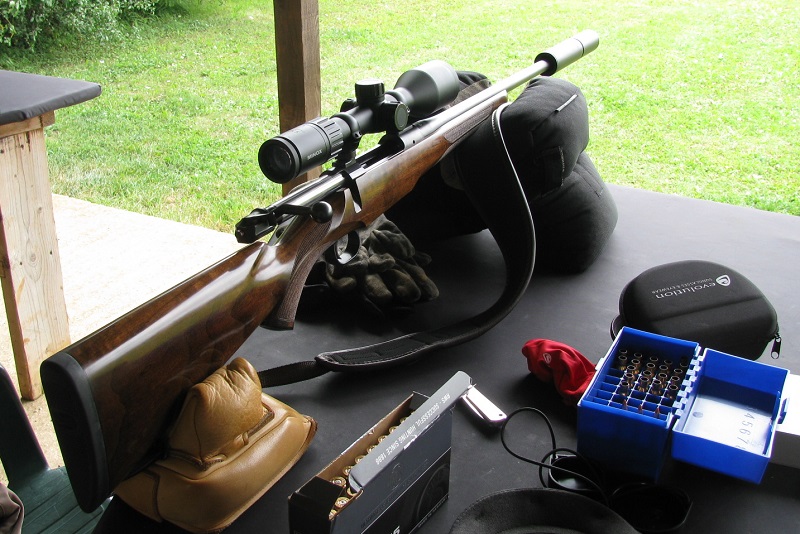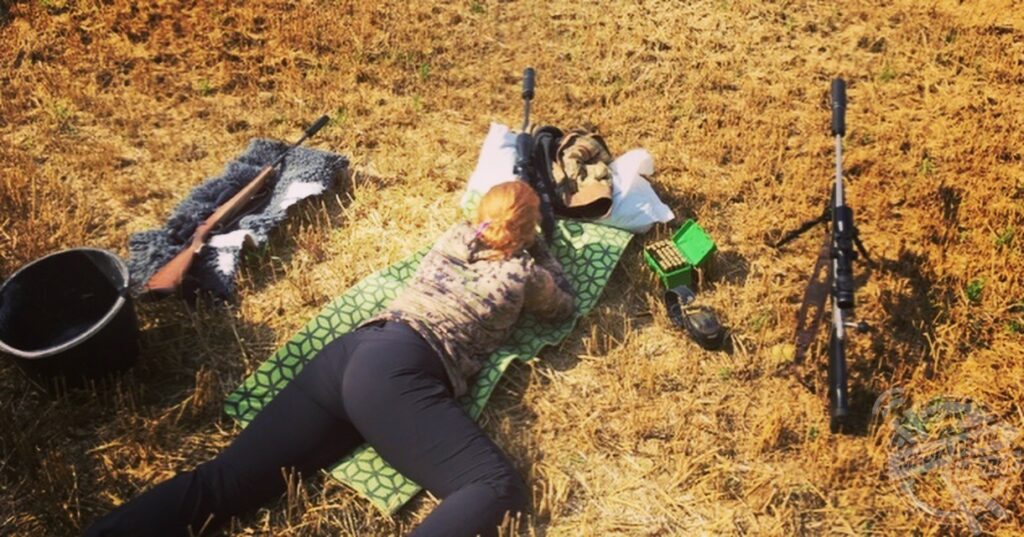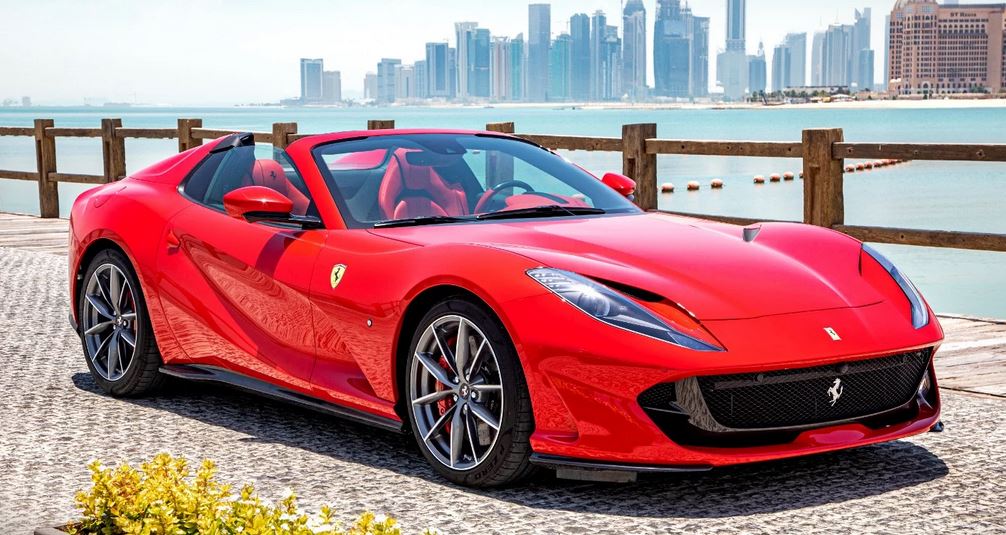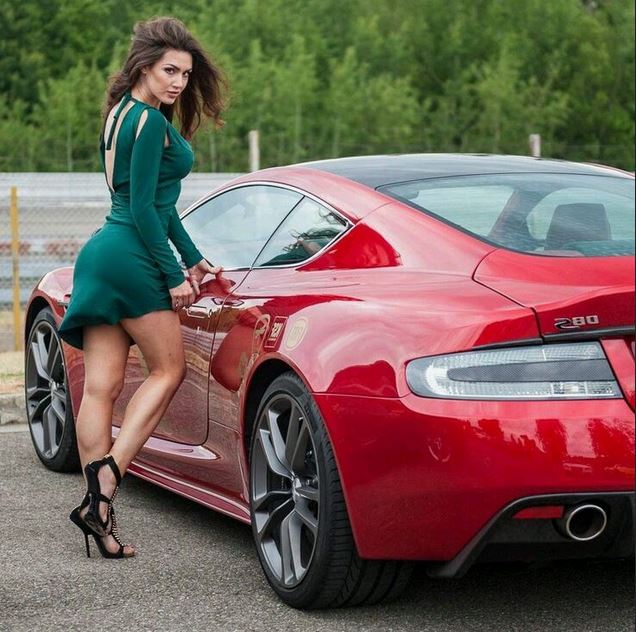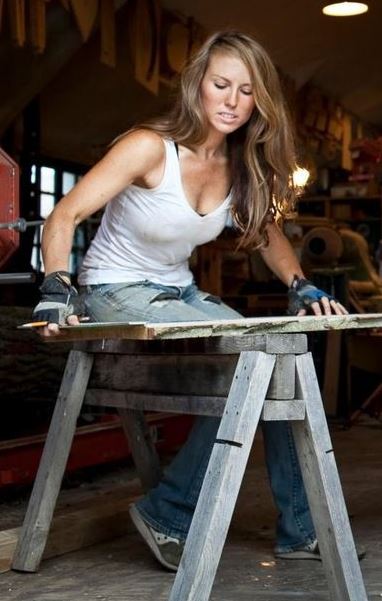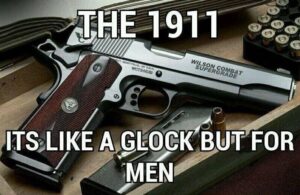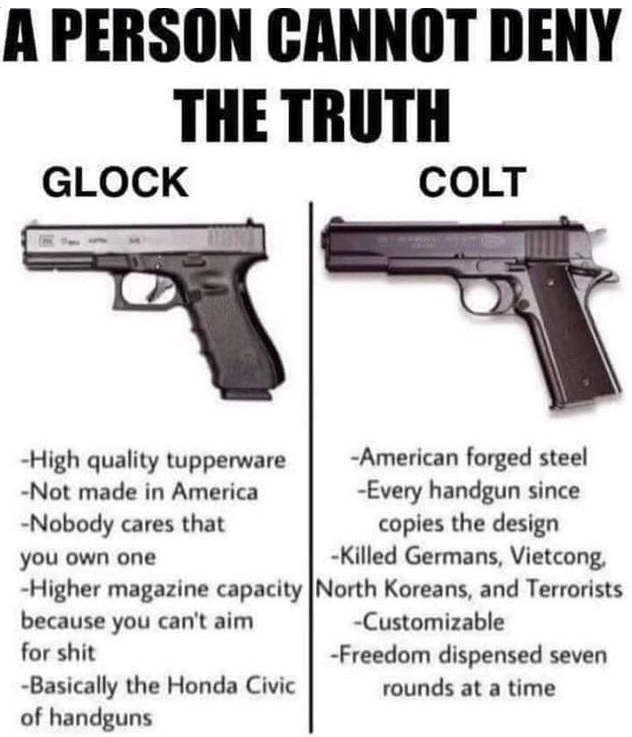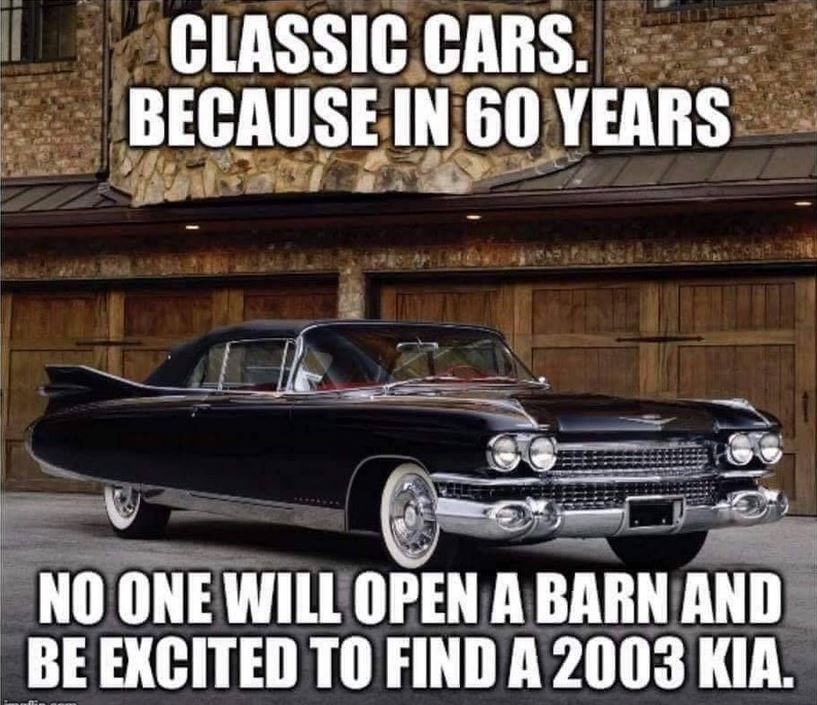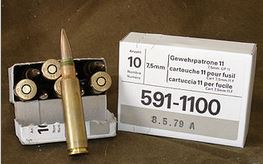Saith some guy in a magazine:
Fudd [\’f∂d\] (noun): A term that was originally a derogatory word for gun owners who hunted but were dismissive of modern semi-auto “tactical” type firearms. It has evolved to refer to a shooter who is mired in the past and scornful of any technological innovation that occurred much after they learned how to shoot.
When confronted with any development newer than that, they retreat behind a stream of cliches such as “I don’t want my life to depend on batteries” or “It’ll give away your position,” like a squid behind a cloud of ink.
Hey, at least I’m not as bad as a couple of my Olde Tyme Readers, for whom this brass cartridge business is just a passing fad.
And I’m not mired in the past — although if given a choice between then and now, then gets it by a day’s march. Hell, it only took me a few years to get used to using a scope (forced into the things, it should be said, by deteriorating eyesight), and it was only a question of time before I came round to that semi-auto business (in a rifle, that is).
The reason that I’m taking a while to get used to batteries in my scope is that if long experience has taught me anything, it’s that anything that can go wrong will, and at a time and circumstance which will always have dire consequences as a result thereof. (For those interested in such things, I never tolerated batteries in my guitars, forget that shit.)
Not being a cop or soldier, and therefore unlikely to need to “clear” a house of bad people, I couldn’t care less about affixing a trillion-candlepower flashlight to my handgun or rifle. I have such beasts scattered around me, but they’re purely for the purpose of blinding anyone I want to do that to, and then mostly to buy me time to draw my gun.
I do rather like these little red-dot laser thingies for revolvers, though:
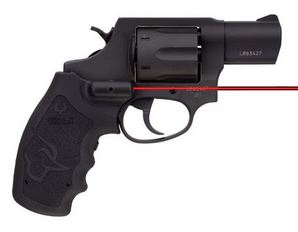
…and at some point I’ll bother investigating the gadget for my bedside gun and my 1911. Or not.
My needs are quite simple, gun-wise. Crappy eyesight almost mandates that if I want to actually hit anything, I must use a red-dot sight (if not a laser), so at some point (again) I may pop one on my plinking guns:
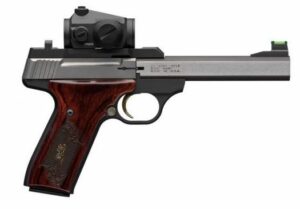
(not that I actually own one of these cute little Buckmarks, but when I do get one, it’ll be thus accessorized). Ditto on the 1911:
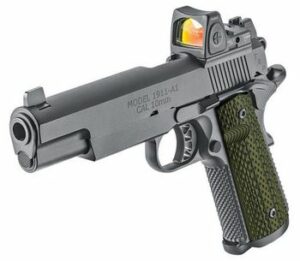
…although breaking up the classic John Moses Browning design with that carbuncle just gives me the shivers, it does. Not to mention that I’ll need to get a couple replacement holsters that will accommodate such horrors.
In fact… (from Kenny)
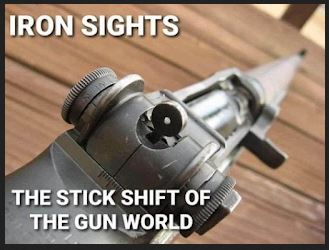
…fukkit, I’ll just stick to what I’ve got. #Fudd

